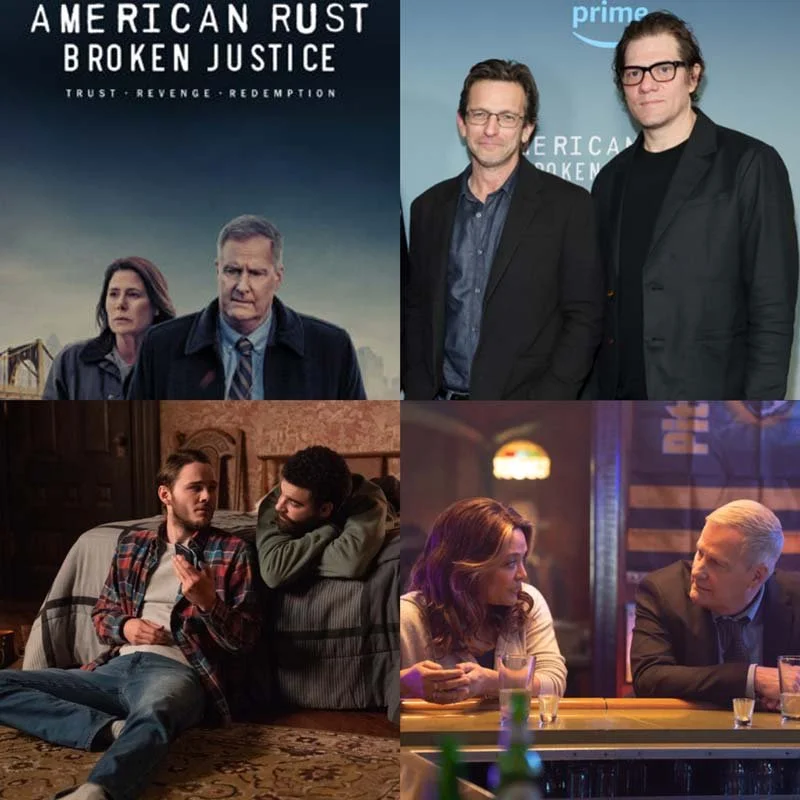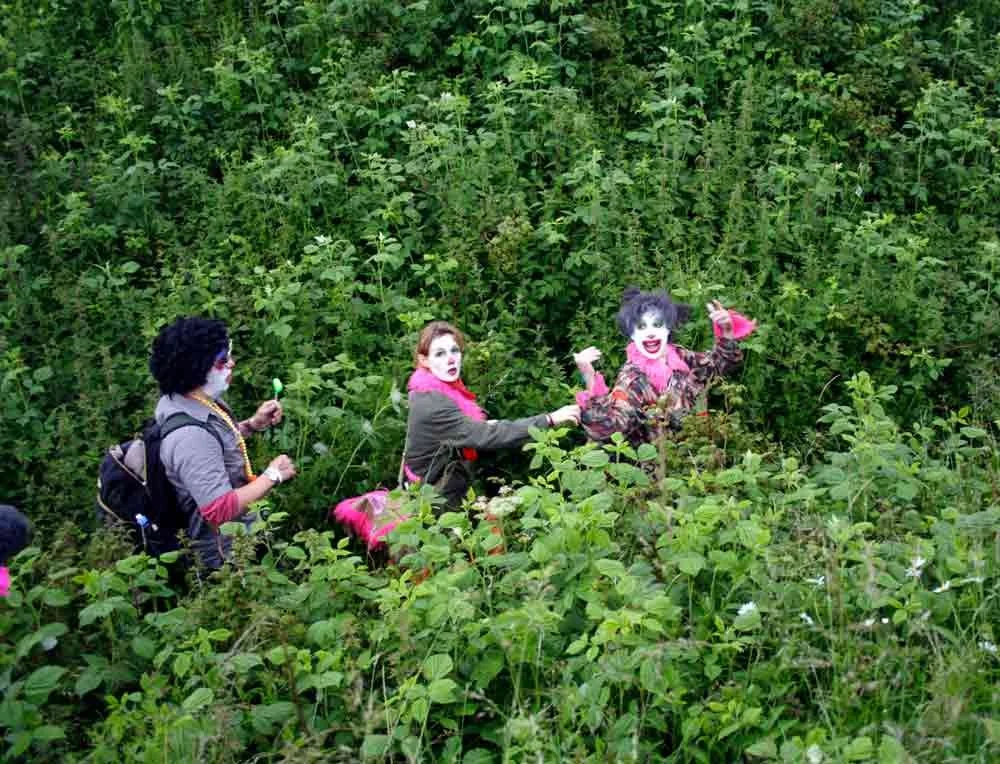What if museums weren’t confined to buildings but could be part of the natural world? What if sculptures could not only celebrate our oceans, but also provide habitats for marine life?
Jason deCaires Taylor is a sculptor, environmentalist, and underwater photographer. His works are constructed using materials to instigate natural growth and the subsequent changes intended to explore the aesthetics of decay, rebirth, and metamorphosis. DeCaires Taylor's pioneering public art projects are not only examples of successful marine conservation but also works of art that seek to encourage environmental awareness and lead us to appreciate the breathtaking natural beauty of the underwater world.
THE CREATIVE PROCESS · ONE PLANET PODCAST
When we see your creative process, which is also collaborating with local communities, you need to have permissions for these vast underwater museums or sculpture parks. You're creating these wonderful forms that are designed to evolve over time, which is very special, then it's like your final collaborator is the sea. The sea is the colorist.
JASON deCAIRES TAYLOR
The sculptures get claimed and almost owned by the sea. And the textures that form the patterns, all things that could never be reproduced by human hands. And it's entirely unpredictable in many cases. I go to some of the "museums" expect to see this type of colonization or this type of growth, and it's nothing like how I've seen it envisaged it. It's completely different. Other times something has been made at its home, and there's an octopus that's built a house around it, or there's a school of fish that have nestled within the formations. There have been many, many different surprises along the way. I first started in the West Indies on an island called Grenada, which has a tropical reef system. And I expected the works to be sort of colonized. And I knew hard corals took a very long time to get established, to build their calcium skeletons, but actually, they were colonized within days. We saw white little calcareous worms, pink coraline algae, and green algae literally appeared sort of overnight.
And then they had these incredible sponges. You know, you see a lot of sponges on the reefs and you don't really take a lot of notice, but actually, some of the formations and the patterns, they sort of blanketed the sculptures with a network of capillaries and veins, and these incredible sorts of scarlet reds and pinks. And it was something that I had no idea would colonize in such a way. And sponges are really interesting because they actually filter water, so they almost breathe the water in and then exhale it out once they've taken the nutrients. And, for me, that was when the work really became living and part of the ecosystem. And I thought it was a really nice metaphor that we are nature. We are part of the system and we're all connected. And I think we lose sight of that a lot.
THE CREATIVE PROCESS · ONE PLANET PODCAST
Through your journey as an artist, how has the ocean helped direct your style and messages in art? Or do you feel your artwork can actually help direct the needs of the ocean by creating these artificial reefs?
deCAIRES TAYLOR
It's always difficult to generalize about my work because obviously, they're very different in each location. Sometimes I'll witness some particular species has colonized the rocks in an area or producing certain types of forms that the light looks a certain way, but then other times I wanted to represent people from the local community and that also dictates how the installations are. And then there are messages that I wanted to bring forth regarding climate change. I think we've missed an opportunity where we've had so much science and so many facts and figures and warnings and conventions, but we've forgotten a part that has motivated us for millennia, and that is our emotions. And I think that's where art and that's where often religion comes to the fore.
THE CREATIVE PROCESS · ONE PLANET PODCAST
And for those who might be thinking, Oh, these are manmade structures put into the sea. Some people might have concerns. So just explain the materials and how you make sure it's something that is actually in partnership with the sea.
deCAIRES TAYLOR
From the beginning, it's always been one of my major concerns that I don't always like human intervention in natural landscapes. And it was something that I was really conscious of when I first started. So, first and foremost, I made attention to the fact that it needed to be made from materials that didn't pollute in any way, that were sustainable, and that would last for a very long time. It takes reefs hundreds of years to fully get established. So the materials had to live up to that. They also had to not be displaced by all the strong forces and energy that are prevalent underwater. And they also had to foster marine life. I also found out that, they were very good at actually controlling how tourists interact with our marine areas. So many of the projects are actually to draw visitors away from natural areas and to bring them to an area where there's a sandy substrate where their impact is lessened.
THE CREATIVE PROCESS · ONE PLANET PODCAST
You're working with some new materials and new colors. How important it is for your pieces to not disrupt ocean life and become toxic. Is there was ever a possibility, especially with new materials and colors? And what lengths do you go to avoid it?
deCAIRES TAYLOR
We actually have some new works which have scientific monitoring devices in them. They actually have little sensors in them that monitor temperature and salinity and other factors. And they can be removed and then scanned. And all that data can then be downloaded to also monitor how the works are. I just completed a big project in Australia which just opened on World Ocean's Day. And one of the main pieces there is this piece called The Ocean Siren. And it is a young indigenous woman who is standing on the coastline, and she's actually attached to a weather station connected via a satellite link to a weather station out on the Great Barrier Reef. And that feeds data back to her. And then there's a solar array that changes a series of LEDs on her skin. So she changes red and orange color when there are prolonged spikes in temperature that could indicate coral bleaching. And then when the water is cooler, she obviously comes back down to a cooler blue or green color.
I just think we need to protect these areas. We have to feel for them. We have to understand them. And we have to feel that connection. So I would certainly encourage as many people as possible to learn to dive, to learn to snorkel and to really be in the moment, be in the space, in order to foster that empathy for the marine world. For me, it's one of the most beautiful, spiritual, and diverse places on the planet. And it's so little understood, but it's changing.




















































